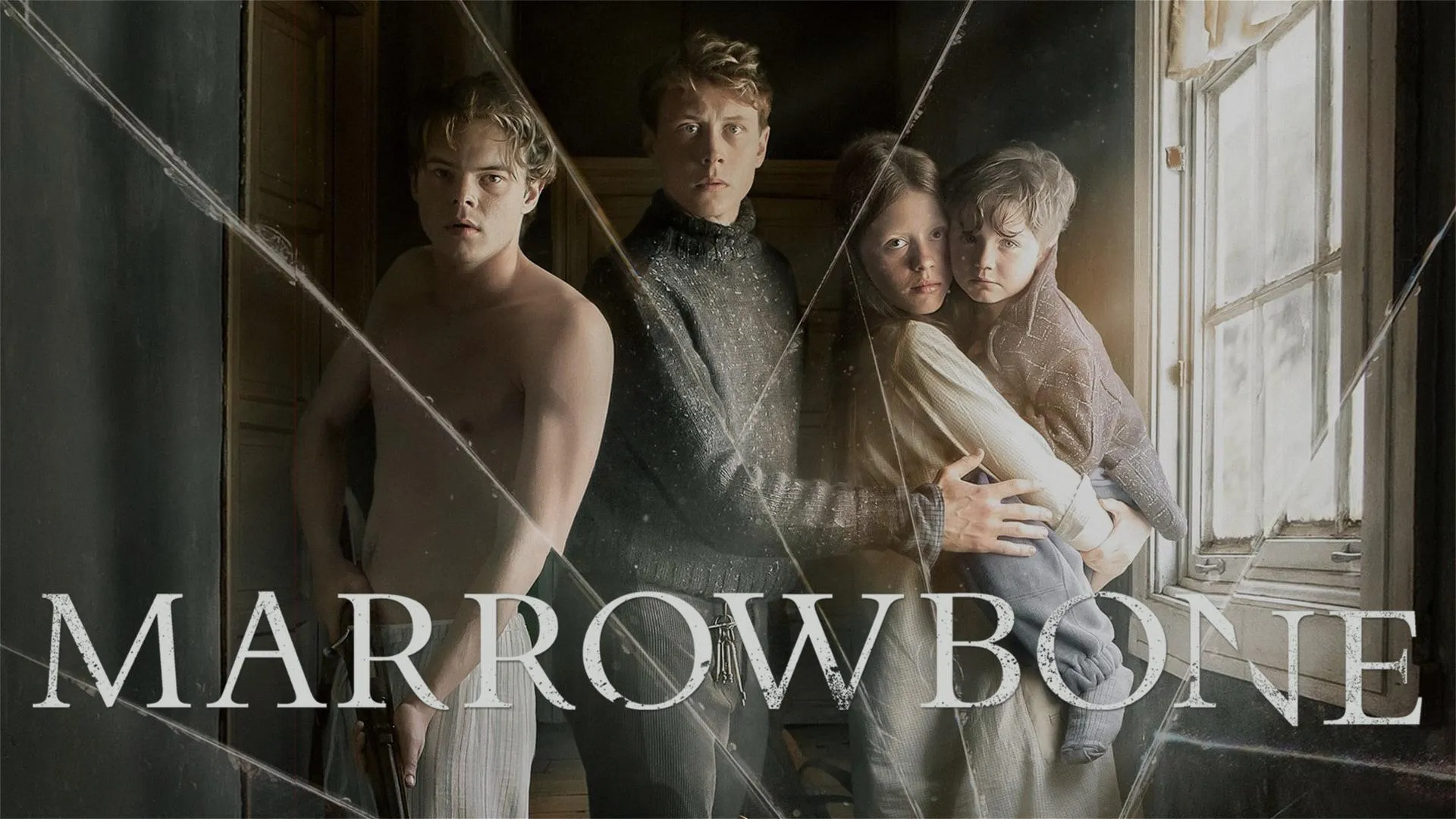Smokey and the Bandit: The High-Octane Comedy That Became a Cultural Icon
When Smokey and the Bandit roared into theaters in 1977, it wasn’t just another car chase movie—it was a pop culture event. Directed by stuntman-turned-filmmaker Hal Needham and starring Burt Reynolds at the height of his charisma, the film captured the rebellious spirit of the late 1970s and became one of the decade’s biggest box office hits. Mixing high-speed action, broad comedy, and infectious charm, it left a lasting mark on American cinema and car culture.
The premise was simple but irresistible. Bo “Bandit” Darville, played by Reynolds, is a legendary trucker and daredevil hired to haul 400 cases of Coors beer from Texarkana, Texas, to Atlanta, Georgia—an illegal run at the time due to regional alcohol distribution laws. To make the job more exciting, he drives a sleek black Pontiac Trans Am as a “blocker car,” drawing police attention away from the truck carrying the contraband. Along the way, Bandit picks up a runaway bride named Carrie, nicknamed “Frog” and played by Sally Field, whose on-screen chemistry with Reynolds mirrored their real-life romance.
The main source of conflict—and comedy—comes from Sheriff Buford T. Justice, brought to life by Jackie Gleason in one of his most memorable roles. Justice is loud, relentless, and hilariously vulgar, chasing Bandit across multiple states with his bumbling son Junior in tow. The running gag of the increasingly battered police car became one of the film’s most enduring images.
At its heart, Smokey and the Bandit is a pure chase movie, but it thrives on personality. Reynolds’ Bandit is cool, cocky, and impossible to dislike, while Gleason’s Sheriff Justice is both a threat and a punchline. Sally Field’s Frog adds warmth and wit, grounding the movie with a genuine emotional connection.
The film’s production leaned heavily on Needham’s stunt expertise, delivering spectacular car chases and daring maneuvers without relying on special effects. The Pontiac Trans Am itself became a star, its image synonymous with the film’s freewheeling spirit. Sales of the car skyrocketed after the movie’s release, cementing it as one of the most iconic muscle cars in history.
Critics at the time were mixed, but audiences embraced it wholeheartedly. It became the second-highest-grossing film of 1977, surpassed only by Star Wars. Its success spawned two sequels—Smokey and the Bandit II (1980) and Smokey and the Bandit Part 3 (1983)—though neither reached the cultural heights of the original. The movie also inspired countless car-themed comedies and chase films in the years that followed.

Beyond the laughs and stunts, Smokey and the Bandit tapped into a uniquely American fantasy: life on the open road, outsmarting authority, and doing it all with style. It was lighthearted rebellion, wrapped in roaring engines and witty one-liners.
Today, the film remains a beloved classic, celebrated for its humor, energy, and timeless appeal. Whether it’s the growl of the Trans Am, Gleason’s relentless pursuit, or Reynolds’ signature grin under that cowboy hat, Smokey and the Bandit still delivers the kind of high-octane fun that never goes out of style.




